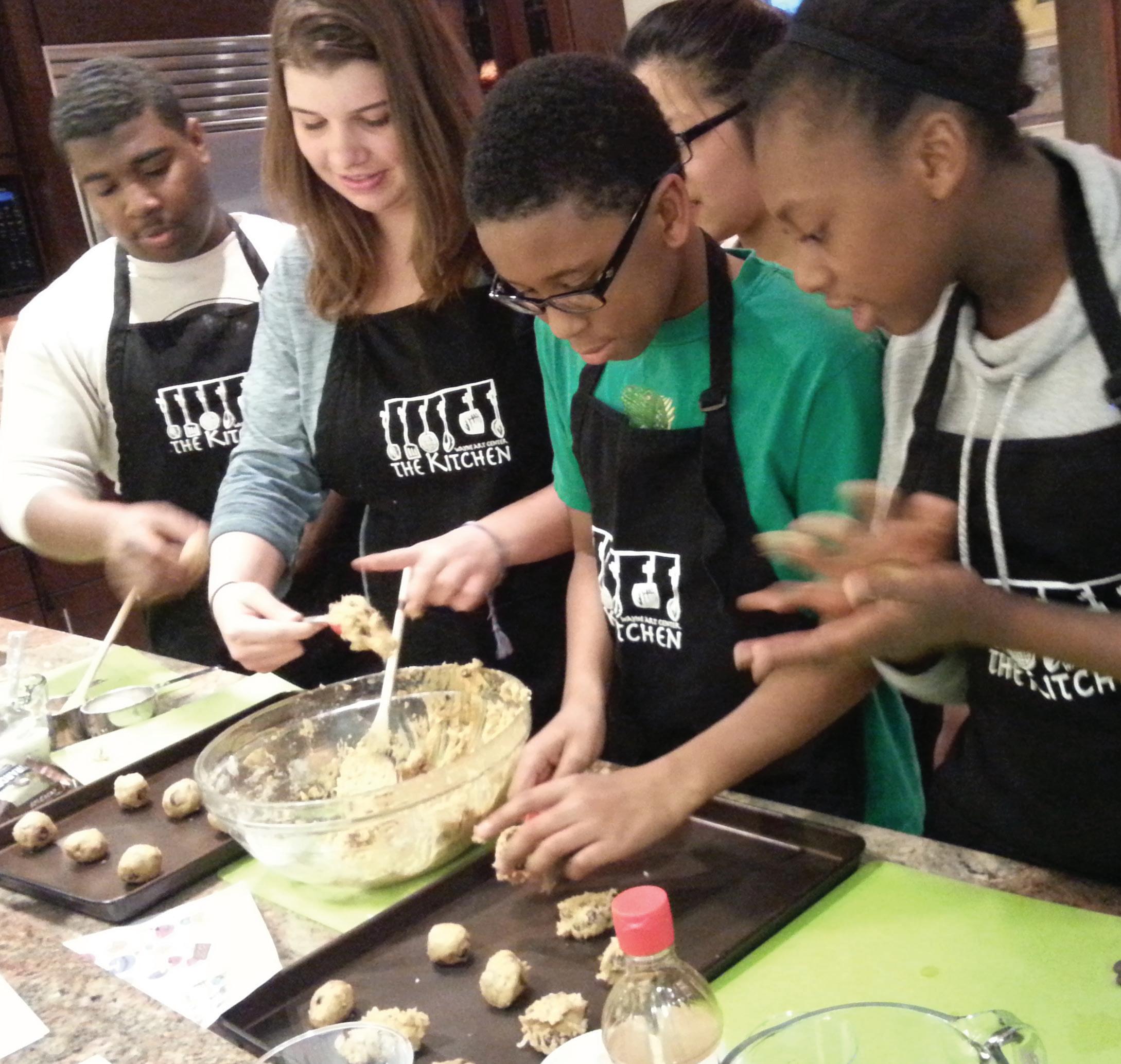value learning from and about peers with whom they would not ordinarily share time. Youth often report that, ‘TRL helped me to understand others’ viewpoints, especially when different from my own.’ It is plausible that the discussion-based model and reading the selected texts together are responsible for youths’ awareness of self and others, a perspective on participation we have not fully captured in the assessment tools TRL currently administered with adult participants. TRL embeds humanities strategies that translate well to PYD, discussion, artistic expression, and project-based learning (PBL). The program is designed so the adults working with young people can provide opportunities for youth to make decisions about the content, from selecting the books to creating the agenda for individual sessions. TRL facilitators are encouraged to host kick off meetings and to start each meeting with warm-up activities that present opportunities to identify the varied assets of young people. By working to establish open communication with youth, adults can make program adjustments that are inclusive for a diverse group of young people. Embedded in our materials and facilitator training is an emphasis on youth directed programming, asset-based approaches to programming, and building a broader understanding of diversity, equity, and inclusion.
Understanding the Needs of Pennsylvania Youth PA Humanities serves the entire state of Pennsylvania, but the experiences and needs in each community vary. Taking a deeper look at demographics has helped PA Humanities select sites that are serving youth with the most need for quality humanities-based learning experiences like Teen Reading Lounge. Seventeen percent of Pennsylvania children live in poverty - and it’s important to note that youth who fall below the poverty line live in every county and include all racial/ethnic groups. However, African American and Latinx children are disproportionately represented among children living in extreme poverty. The rate of poverty for non-Hispanic white children in Pennsylvania is 10.6% - higher than the national average of 9.6%. The statewide average of PA Humanities Teen Reading Lounge: Insights from 10 Years of Participatory Research and Evaluation
15












